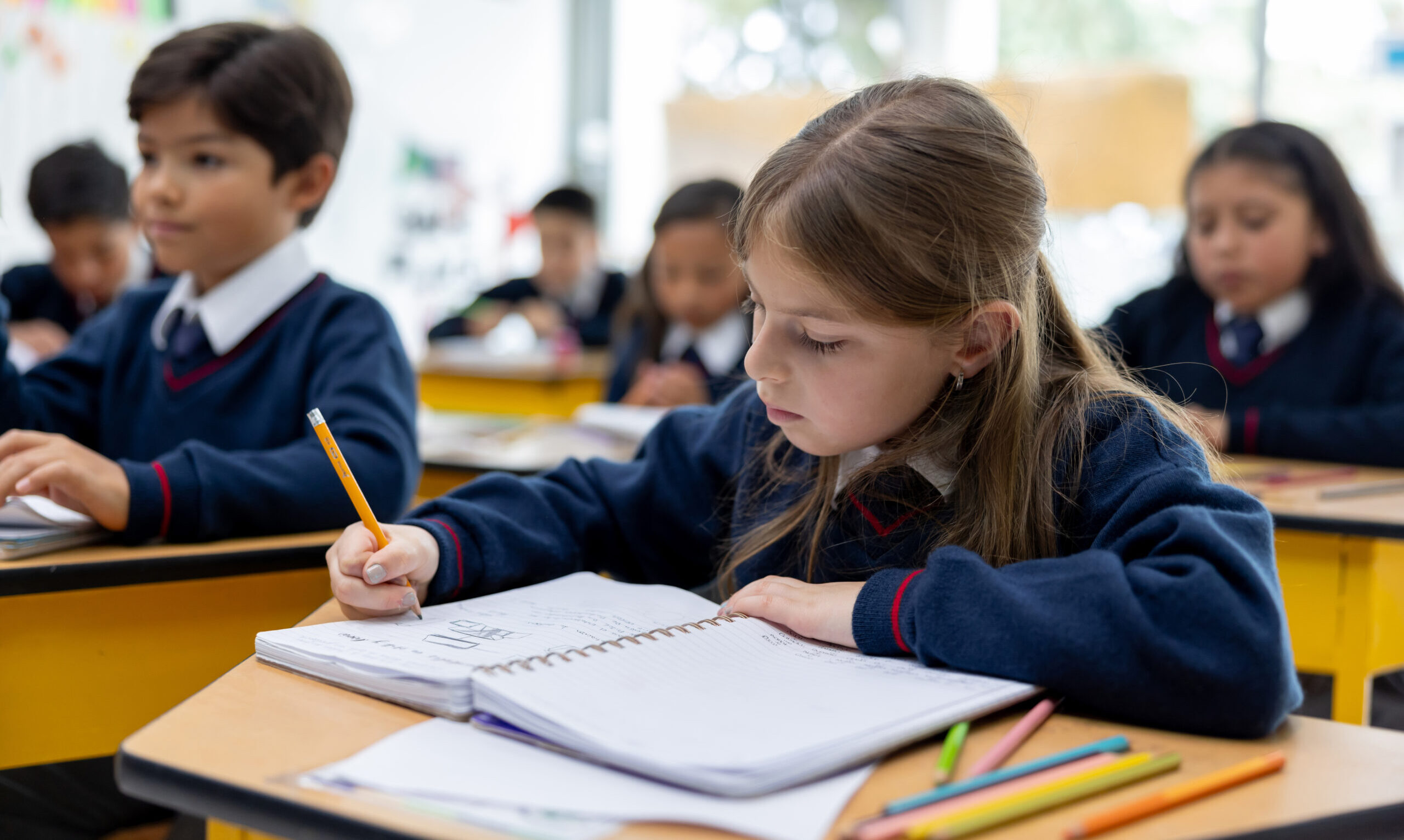Health+WellbeingTop Stories
Australia’s vaping epidemic: teachers need more support, expert says

High Schoolers who vape are more likely to miss out on classes, delay their learning and become more aggressive, creating heavier workloads for teachers, a new study has confirmed.
Please login below to view content or subscribe now.





